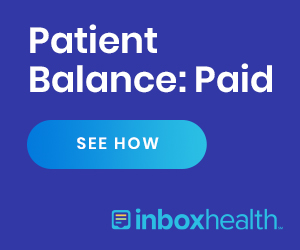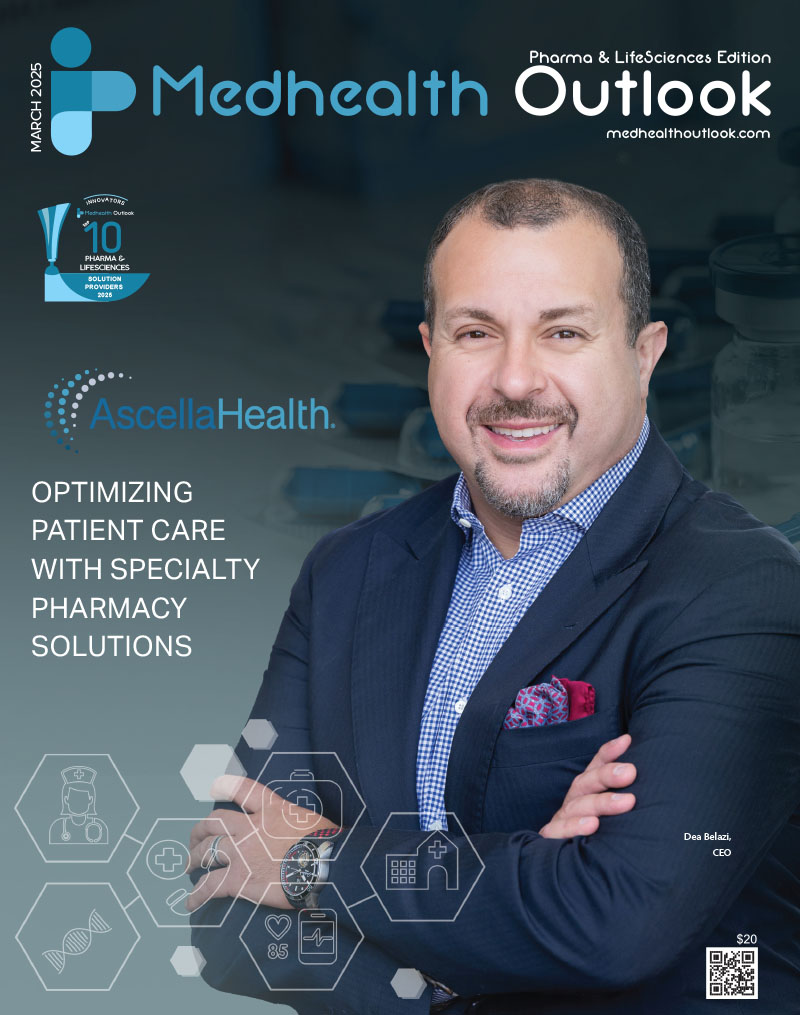The post-pandemic world of clinical research will offer a stark contrast to its predecessor. As the delta variant surges in the United States and other parts of the world, clinical trials continue to be disrupted.
According to Global Data, the industry is struggling with slow enrollment in trials. This is due to a lack of available research sites as many hospitals and clinics that served as research sites, are now overwhelmed with COVID-19 patients. Add to this an unwillingness of patients to participate in clinical trials for fear of contracting the disease during clinic visits and the challenges for the industry become clear.
It’s for these reasons, the FDA is encouraging biotech and pharmaceutical companies to seek alternative methods of clinical research data collection through decentralized clinical trials (DCTs). The DCT frontier is transforming the industry more rapidly than expected, thanks to COVID, and it’s the small biotech companies can and should contribute the most to this revolution.
Since biotech companies are typically smaller, more innovative and therefore more nimble than large pharma companies, virtual clinical trials are an ideal solution that can accelerate timelines, lower costs and provide flexibility that most traditional trials can’t muster. These capabilities can provide an outlet for small biotechs that, with fewer resources, often feel the strain of long clinical timelines and exorbitant costs disproportionally.
Here are five distinct advantages of virtual research that small biotechs should leverage in their next clinical trials.
- Speed/Time: Faster Recruitment
Recruitment and enrolment lags are a primary factor in slow trials with current estimates suggesting 80 percent of studies do not meet enrolment requirements. Site-based enrolments restrict trial sponsors to the distance a participant is willing to travel to get to the clinic for appointments. These boundaries make it harder to recruit, extending timelines.
Virtual study designs make digital recruitment possible anywhere – untapped participant populations are targeted via social media and optimal matches are rapidly enrolled without the need to schedule site-based appointments.
- People-Centric Design: Increased Compliance and Retention
In traditional studies, participants find it difficult to continuously visit a physical site to complete study-related tasks and often quit the study before its end. By streamlining communications and minimizing site visits, virtual studies reduce the burden of labor-intensive tasks. Subjects are more likely to comply and thus less likely to drop out.
COVID-19 has shifted much behaviour due to the need for social distancing. Healthcare sits at the heart of these changes and has impacted what is acceptable and desirable when it comes to health research. The world has discovered how digital research platforms can enable completion of study activities, allow for constant contact with the research staff and offer reminders or study-related push notifications to keep participants on track and engaged. Having experienced the benefits of remote research, neither sponsors nor participants want to go back.
- Robust Real-time Data: Accurate, Clean, Complete
Site-based studies dictate that health-related data be collected in a lab or clinic. Yet most of the experiences studies seek to capture occur at home, at work, or during some other aspect of daily life.
When participants scramble to fill out study-reports on their way to the clinic at the last minute, they are often unable to remember their detailed activities, leading to recall bias. Consequently, data points are lost, and data accuracy can be compromised.
In a virtual clinical trial, participants can complete study related tasks when they are due without ever leaving their home, as well as report and record their data in real-time, at the precise moment they experience the symptoms and/or interact with the study products. For example, in a decentralized clinical trial on menopause, women experiencing a hot flash were able to report event as it was happening with the click of a button. This provided researchers with accurate data on hot flash frequency in real time.
- Safety: Constant Monitoring, Rapid Response
A digital system accelerates response times to potential health risks, making it less likely that an adverse event goes unreported.
As participants report their data, researchers can see it coming in without delay. This means adverse events can be detected much sooner than in traditional trials. Should a participant show elevated blood-pressure levels or have a negative reaction to the study product, live dashboards alert the research team immediately… no need to wait for the next doctor’s appointment.
With the emergence of digital health, integrating devices into a study allows researchers to monitor patient vital signs remotely. For example, in one clinical study on a COVID-19 treatment, patients are given devices to monitor their temperature, heart rate and pulse oximetry. The data from these devices is fed back to the central database where it is reviewed on live dashboards in real time. For a high-risk disease such as COVID-19, this level of remote patient monitoring provided researchers the ability to immediately detect signs of disease progression.
And of course, when contagion is an issue, like it is with the Delta variant, minimization of site visits increases safety – both for health workers and participants.
- Cost: Minimized Expense via Virtual Optimization
There are many reasons why traditional site-based studies are expensive; we can pinpoint recruitment and physical site operations as two of the key drivers.
Often, sites can’t find enough participants and adding new sites to fill the gap is cumbersome, time-consuming and expensive. As the burden placed on a participant intensifies, (i.e. multiple lab visits) higher compensation is also expected. This is why site-based studies often see costs rise exponentially before enrolment is complete. Remote recruitment and remote-based monitoring can provide comparable results for a fraction of the cost.
Not all studies are an optimal fit for a fully virtual design: early-stage and high-risk research will likely require hyper vigilant safety monitoring. However, certain components of even these more complex protocols can be conducted digitally to help biotechs progress their pipelines in a time and cost-efficient manner.
By offering small industry players new avenues for clinical research, in an industry in which approximately 40 percent of drugs are biotech-derived, there are tremendous opportunities to progress drug development, especially in areas such as orphan drugs and personalized medicine where biotech dominates. And who doesn’t want that?



















